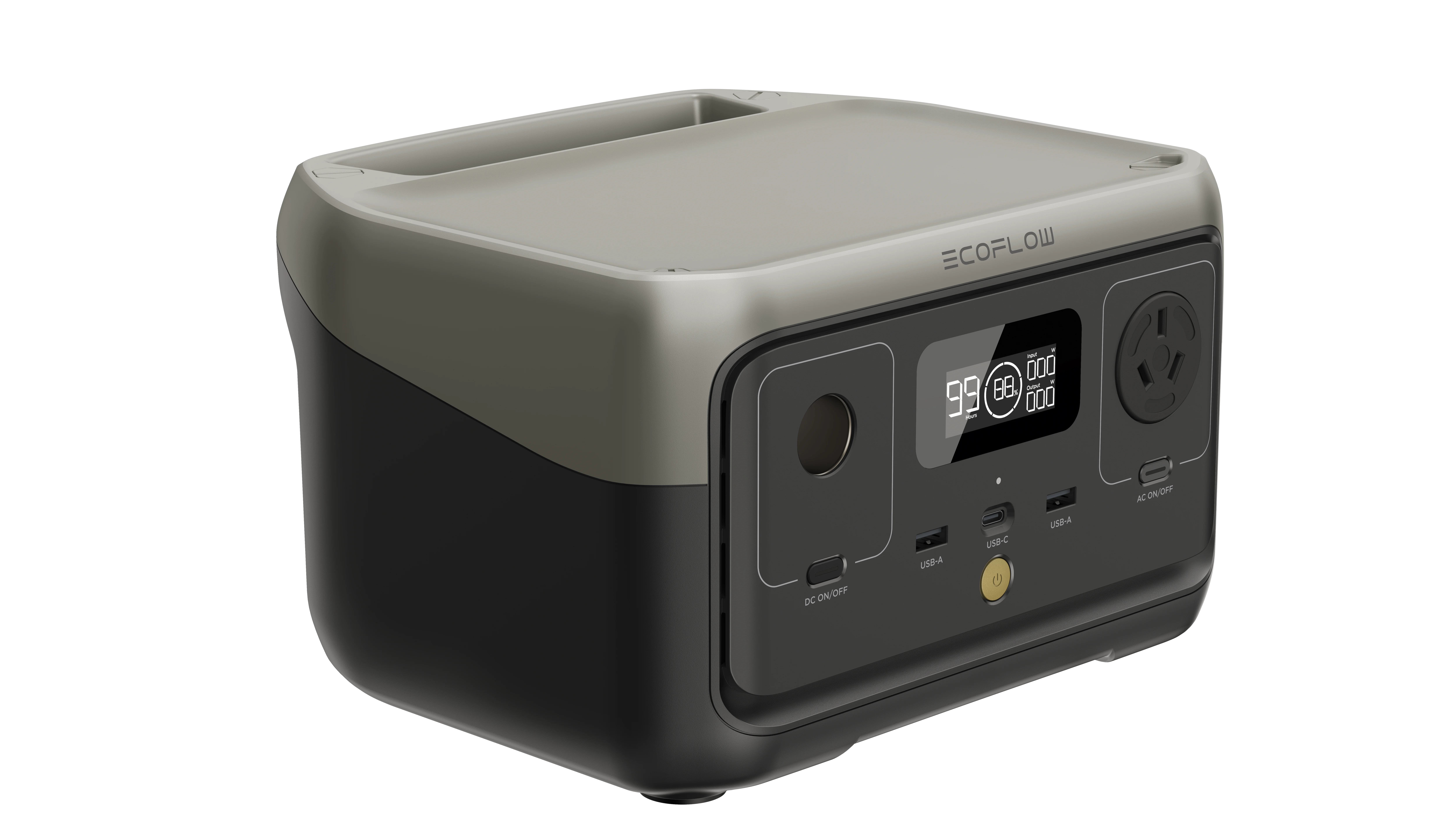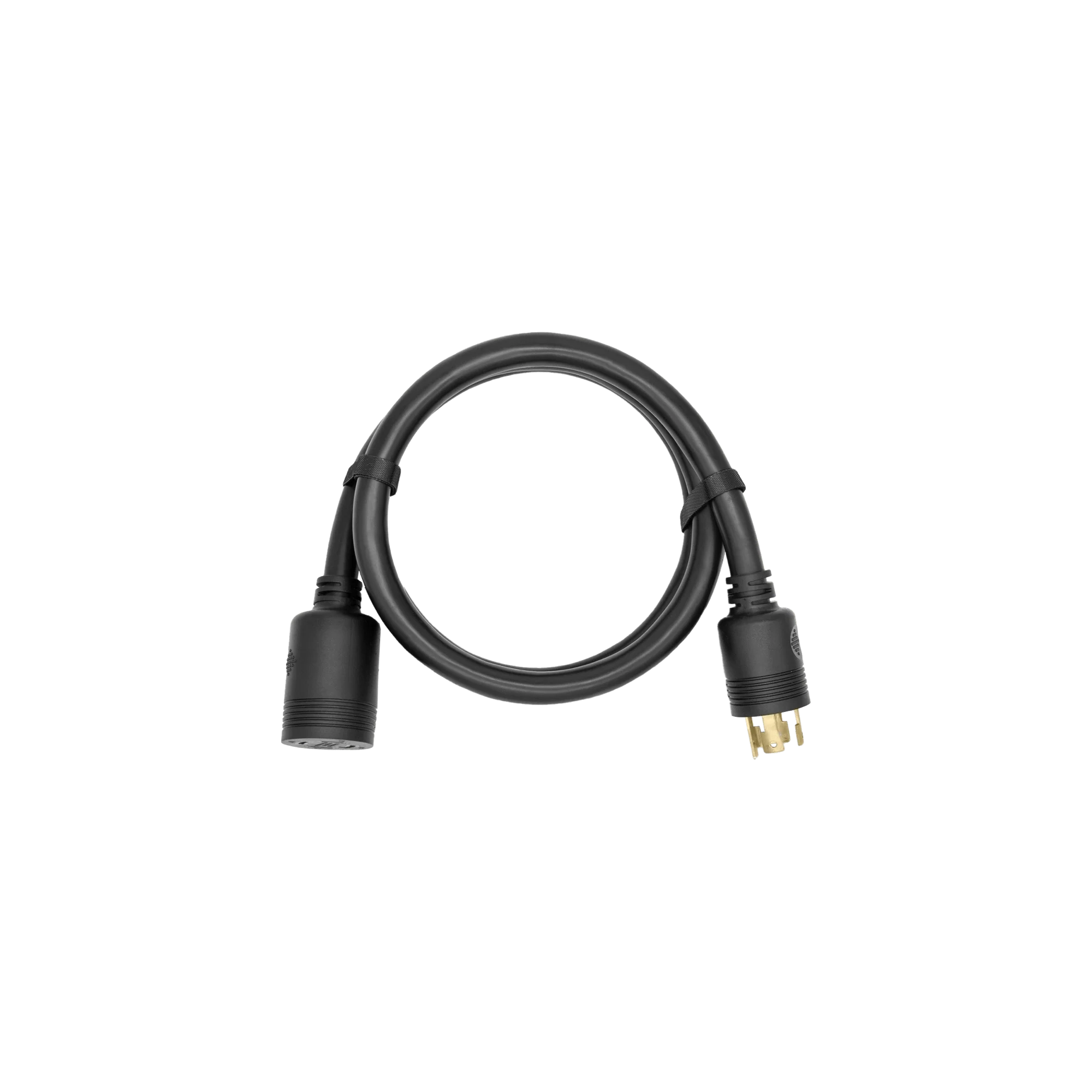How Many Amps Does a Dryer Use on Average?
Key Takeaway
The average amperage for electric dryers typically use between 20 and 30 amps, while gas dryers use significantly less, usually between 10 and 15 amps. It is very important to know your dryer’s current to keep your home safe, use energy efficiently, and avoid electrical overloads. The dryer is one of the most energy-intensive appliances in many households. Knowing how many amps your dryer uses helps you keep your home safe, save energy, and avoid any electrical surprises. This guide will explore the world of dryer amperage and make sure you’re in the know!
The Basics of Dryer Amperage
Amperage, or “amps,” is the unit of measurement for electric current. It quantifies the amount of electricity flowing through a circuit at any particular moment. The amount of electricity that a circuit is required to carry to correctly power an electrical device. Basically, it’s the amount of electricity your dryer requires to function properly. It is very much related to other electrical terms such as watts and volts. Watts quantify the amount of energy consumed, whereas amps measure the amount of electricity supplied and consumed. These three are interconnected to each other through a simple formula: Amps = Watts / Volts.
How Much Power Different Types of Dryers Need
Different dryers have different amperage requirements. Here is what you can look forward to in different types of dryers.
Electric Dryer Amperage Requirements
The most power-hungry choice is an electric dryer, which usually needs between 20 and 30 amps. A lot of extra functions on large-capacity models can use up to 30 amps, but simple models can use as little as 20 amps. Electric dryers need this large current because they rely entirely on electricity to make heat to dry clothes.
Gas Dryer Electrical Needs
Gas dryers get their heat from natural gas or propane, which means they don’t need as much electricity. A normal 120-volt circuit can often handle these models, as they only need 10 to 15 amps of power. The gas handles the energy-intensive heating process, while the electricity powers the drum motor, controls, lights, and ignition system.
What Impacts Dryer's Energy Consumption
How many amps your dryer will use is also affected by a number of important things, not just the type of dryer.
Dryer Size and Capacity
The dryer’s size and capacity are some of the main things that affect dryer amperage. In general, larger dryers that can hold more clothes use more electricity. This is because it takes more power to heat and circulate air around in a bigger drum.
Heating Elements
The heating parts are what use the most energy in an electric dryer. These elements convert electrical energy into heat, which is then used to dry your clothes. The dryer uses more or less electricity depending on the wattage of the heating parts. More or higher-wattage heater elements raise the amperage, which makes the appliance use more energy.
Cycle Settings
The dryer’s amperage can also be affected by the cycle settings you pick. Setting the heat to high needs more power than setting it to low heat or air fluff. When you use high heat for every load, you might waste energy unnecessarily. When appropriate, setting your dryer to a lower heat level can help lower its current draw and save you energy.
The Impact of Extra Features
The features included in your dryer can also impact how much amperage it uses. Steam functions, moisture sensors, extended tumble options, and smart connectivity all require additional power. The more features you use, the more amps it will use.
How to Check Your Dryer's Amperage
To manage how much energy your dryer uses and make sure it works with your electrical system, you need to know its exact amperage.
Check Manufacturer's Details
The best way to find out how much amperage your dryer uses is to look at the manufacturer’s information. You can find it on the back of the device or on the brand’s website. Voltage, wattage, and amperage are usually written on this label. As long as you know the model number of the dryer, you can usually find this information in the product manual or by searching online.
Look at Energy Star Rating
If your dryer has an Energy Star number, you can use that to find out how energy-efficient it is. Appliances that are Energy Star-certified are made to meet certain standards for saving energy. The Energy Star label usually has information about how much energy the device uses, including its amperage.
Calculate Amps from Wattage
If you can’t find the amperage directly, you can use the formula: Amps = Watts / Volts to figure it out. Find the wattage information on the manufacturer’s label. It takes 240 volts to power most dryers in the United States. To find out how much amperage the dryer has, divide its power by 240. For instance, if your dryer is set at 5000 watts, you would divide that number by 240 to get 20.83 amps.
Use a Clamp Meter
To get a more accurate reading of your dryer’s actual amperage, you can use a clamp meter. A clamp meter is a tool that takes a reading of the current going through a wire without making actual contact. This is how you can do it safely:
Safety first. Switch off the dryer and unplug it first before you touch the electrical components.
Prepare the clamp meter. Set the clamp meter to measure amperage (A).
Isolate the wire. Carefully isolate one of the power wires of the dryer.
Clamp the meter. Clamp the meter on the isolated wire.
Turn on the dryer. Plug in and switch on the dryer, setting it to a typical drying cycle.
Read the measurement. Check the measurement on the clamp meter to determine the amperage.
How to Balance Dryer Power Needs with Lower Electric Bills
It’s not always true that higher amperage means higher energy bills. Modern high-amperage dryers with better energy-saving features may use less energy total than older dryers with lower amps. The most important thing is the total number of kilowatt-hours used, which is based on both the power draw and running time. Portable power stations like the EcoFlow RIVER 2 Pro can be helpful additions to your home energy management system if you want to reduce reliance on grid electricity or get ready for power blackouts. With an 800W output and a 768Wh capacity, the EcoFlow RIVER 2 Pro is great for powering the electrical parts of dryers. This method gives you energy freedom while still letting you do your important laundry when the power goes out. To save the most energy, think about these useful tips:
Clean the lint screen before each load to maintain airflow and efficiency
When you can, dry full loads, but avoid overloading
To keep things from over-drying, use moisture sensors instead of timed drying.
Consider drying back-to-back loads to take advantage of residual heat
Use lower heat settings when you can to reduce power consumption
The costs of different amp levels are not all the same. A 30-amp dryer might use more power right away than a 24-amp dryer, but an energy-efficient 30-amp dryer with moisture sensors might finish the job faster and use less electricity overall than a less efficient dryer that runs longer.

FAQs About Dryer Amperage
Q: Can I Plug My Dryer Into a Regular Outlet?
Most standard electric dryers can’t be plugged into regular household outlets. They need a special 240-volt outlet (like a NEMA 10-30 or NEMA 14-30) and a dedicated circuit to work properly. However, some smaller or portable dryers are designed to run on 120 volts and can use standard outlets.

Q: Do I Need an Electrician to Install a New Dryer?
If you’re just replacing an old electric dryer with a similar one and your home already has the right outlet and circuit, you probably don’t need an electrician. But if you’re installing an electric dryer for the first time, switching from gas to electric, or your home’s wiring isn’t up to code, it’s a good idea to hire a professional.
Q: Why Does My Circuit Breaker Trip When I Use My Dryer?
If your circuit breaker keeps tripping when you use your dryer, it could mean a few things: The circuit might be overloaded by other appliances.
There could be an electrical issue inside the dryer.
There might be a short circuit in the wiring.
Your dryer might need more power than your circuit can handle. If this keeps happening, it’s best to call an electrician to figure out the problem and fix it safely.